Centrella® Smart+ Beds with Contact-Free, Continuous Monitoring
Did you know your beds could be detecting early signs of patient deterioration? You just need to activate them.
Let's Talk About Patient Deterioration
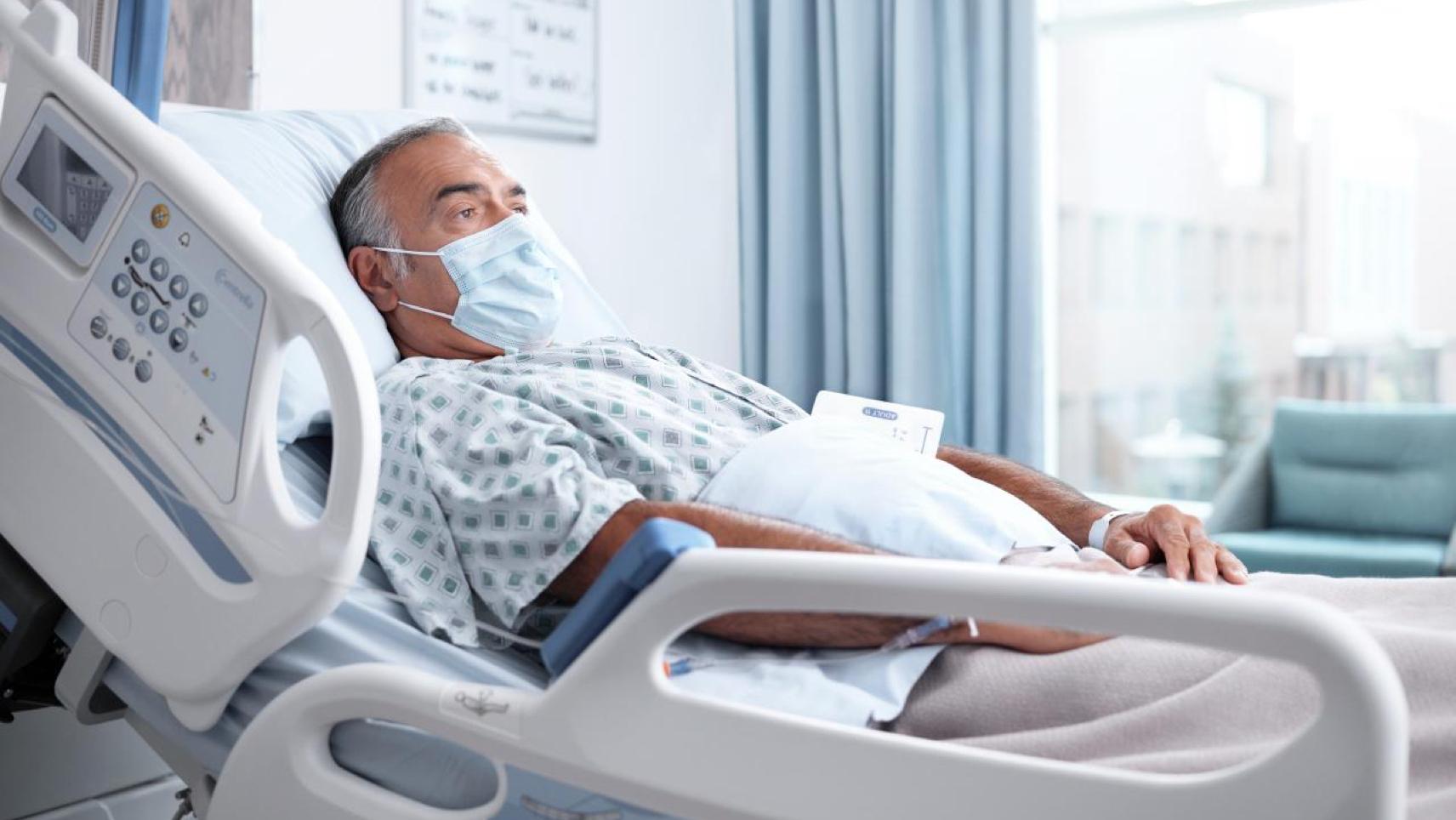
What is Patient Deterioration?
Patient Deterioration refers to sudden, and sometimes fatal, changes in a patient’s condition during their hospitalization.
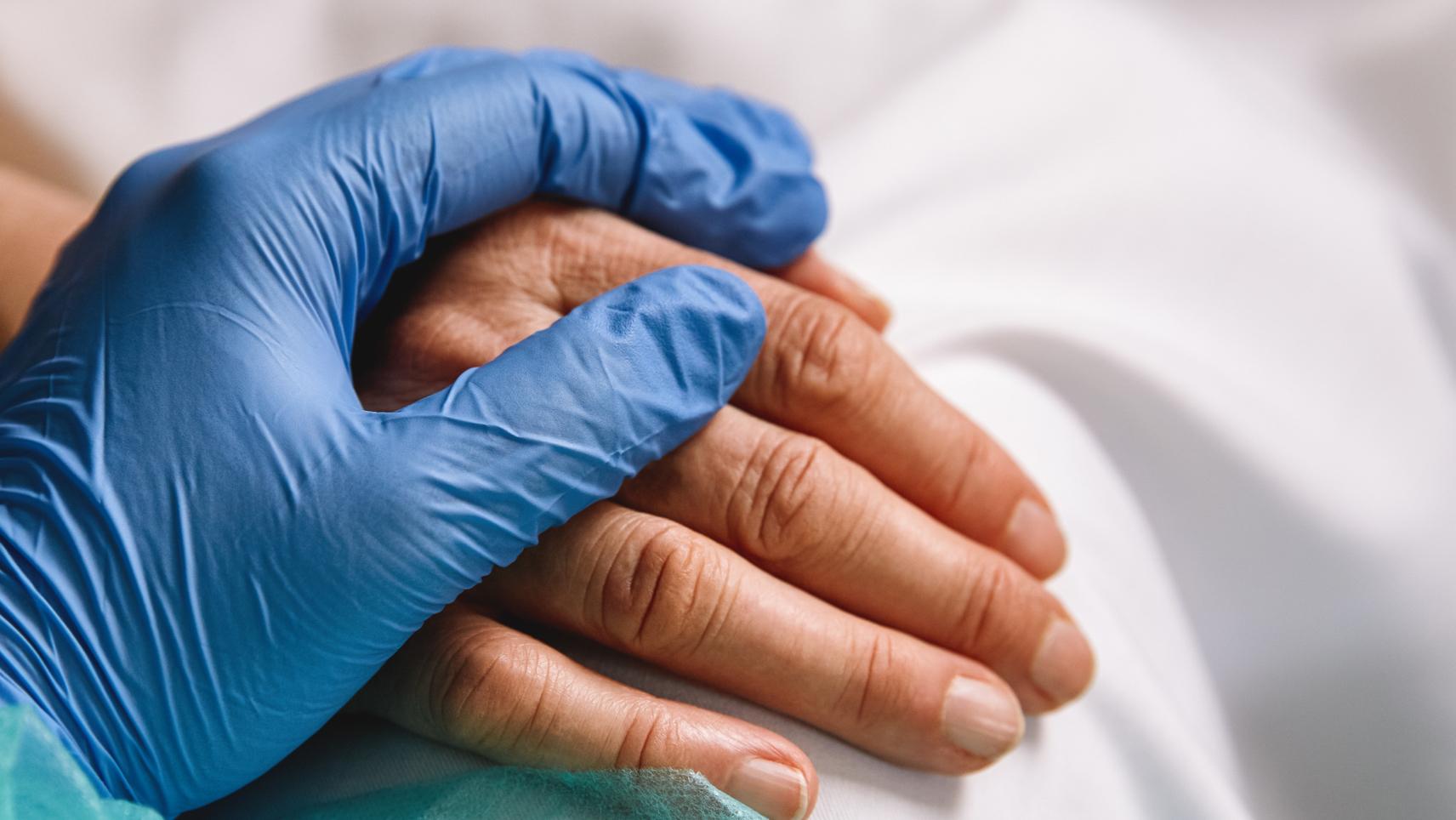
How Does it Affect your Patients?
When a patient’s condition begins to decline and it is not addressed in a timely manner, this can result in a more severe patient outcome.

How do you Detect Patient Deterioration?
When HR/RR exceeds one of the set thresholds, the bed will alert via local alerts and through customizable alerts via the nurse call system.
How early are your caregivers detecting patient deterioration?
Did you know patients begin to show warning signs 6-8 hours before an event occurs2? By continuously monitoring heart rate and respiratory rate, you can identify the earliest signs of patient deterioration.
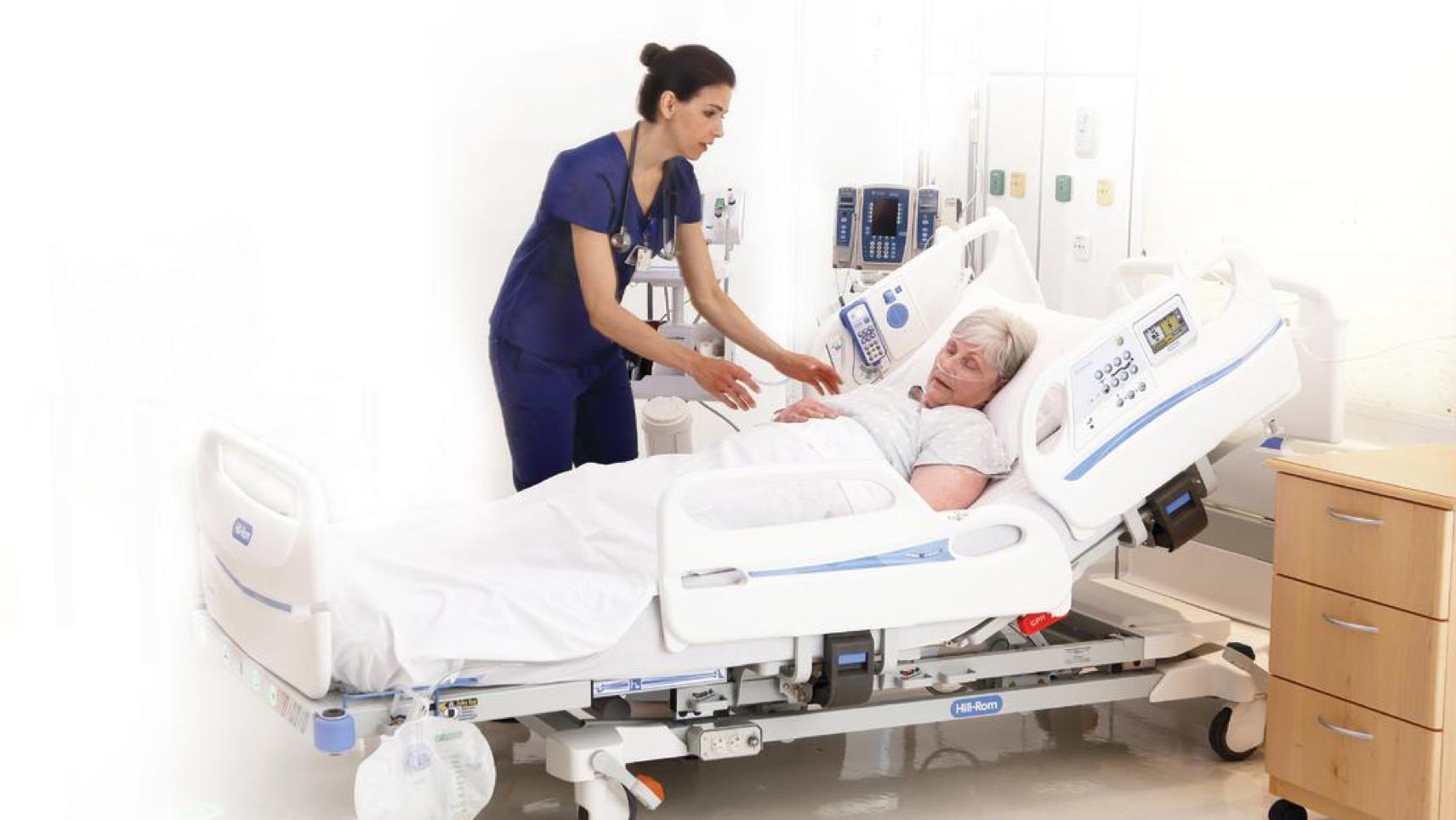

Continuously capture heart rate & respiratory rate on the Centrella Smart+ Bed.
The Centrella Smart + Bed is the only med-surg bed that comes standard with contact-free, continuous monitoring.
Contact-Free, Continuous Monitoring saves lives3:

86% reduction in code blue events

45% reduction in ICU patient transfers

9% reduction in length of stay
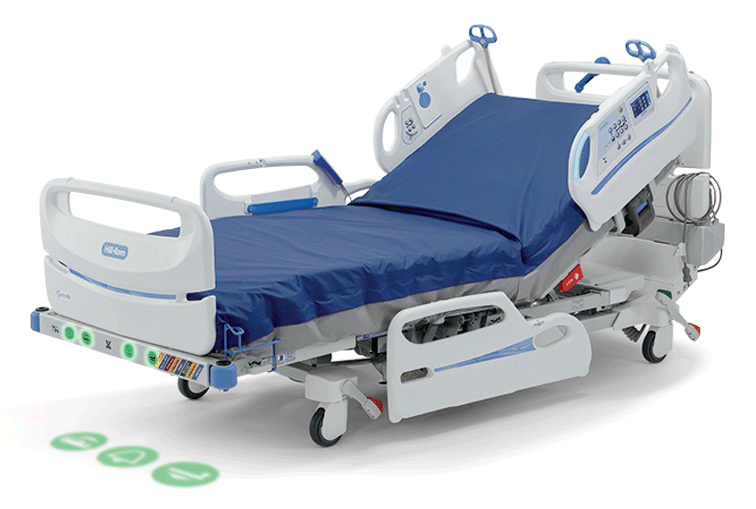
SEE HOW IT WORKS:
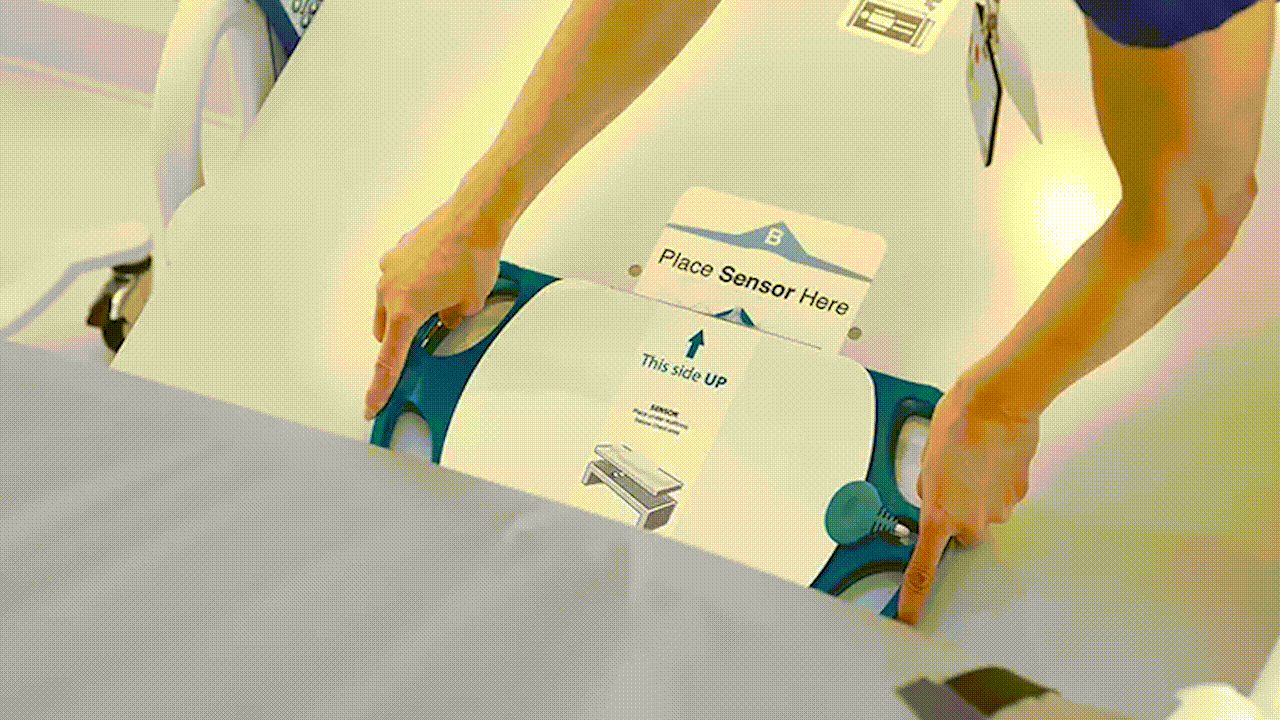
STEP 1
Monitoring
A sensor that is installed under the mattress detects cardiac and respiratory motion.
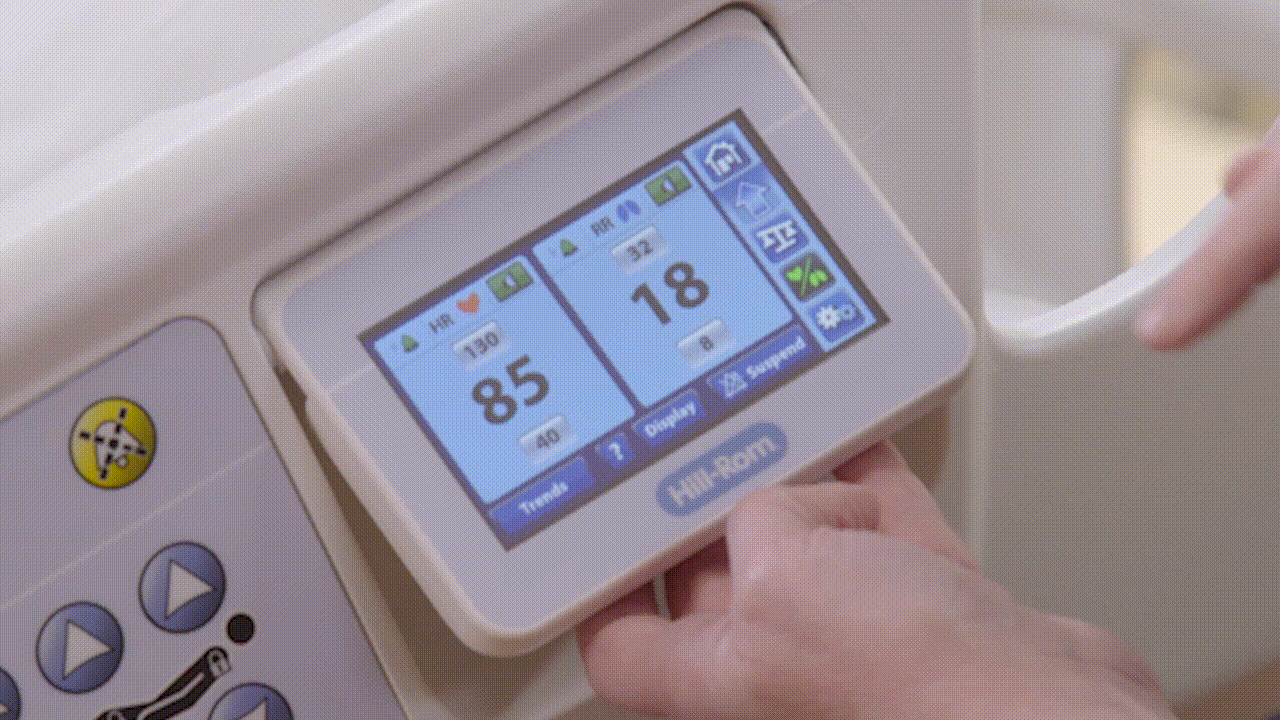
STEP 2
Detection
The sensor updates the HR/RR values twice per second. This information is compiled in an alogorithm that creates a running trend of HR/RR.
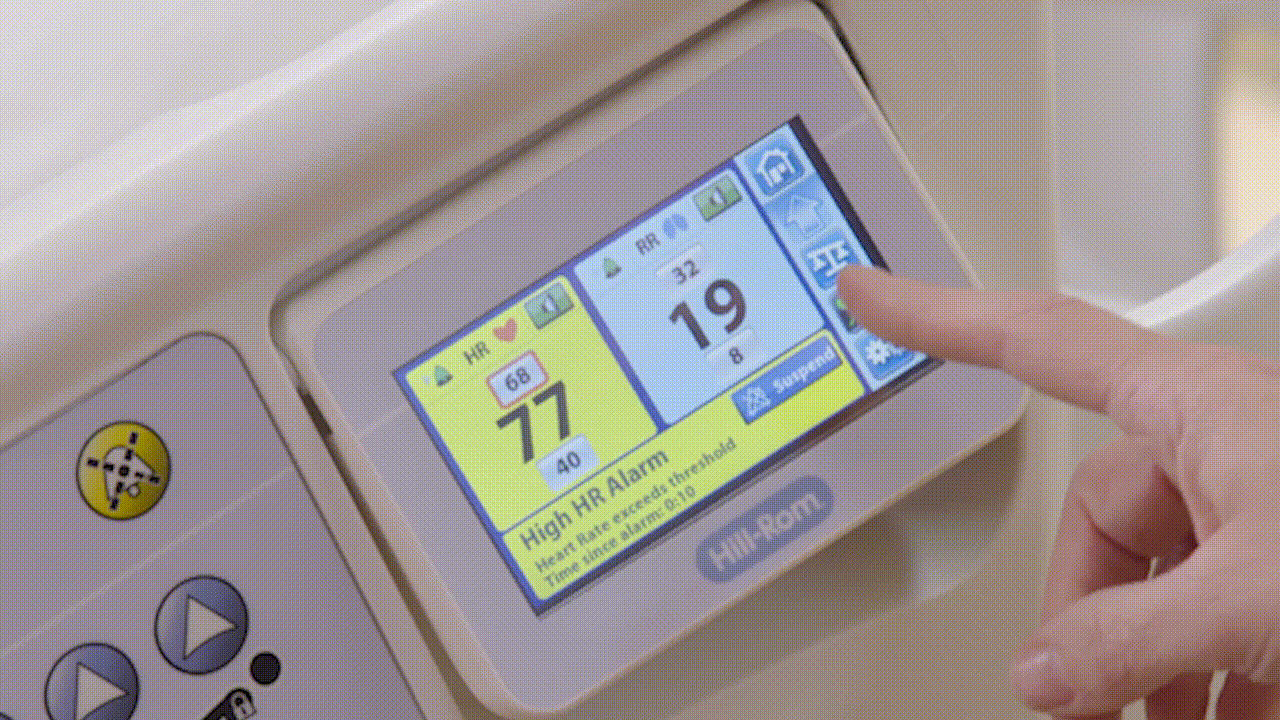
STEP 3
Alerting
When HR/RR exceeds one of the set thresholds, the bed will alert via local alerts and through customizable alerts via the nurse call system.
More to Explore

Early Interventions for COVID-19 Patients
"We had zero code blues or cardio-pulmonary arrests on our floor, and I assume it's because we are catching patient deterioration early." - Patient Services Manager, Covenant HealthCare

Early Detection of Patient Deterioration Triggers Quick Interventions
"Continuous monitoring is so important because it just takes a minute for a patient's condition to change. heart monitoring only checks heart rhythm. If the patient goes into respiratory distress, that won't show up on the heart monitor right away." - Unit Director, Arnot Ogden

